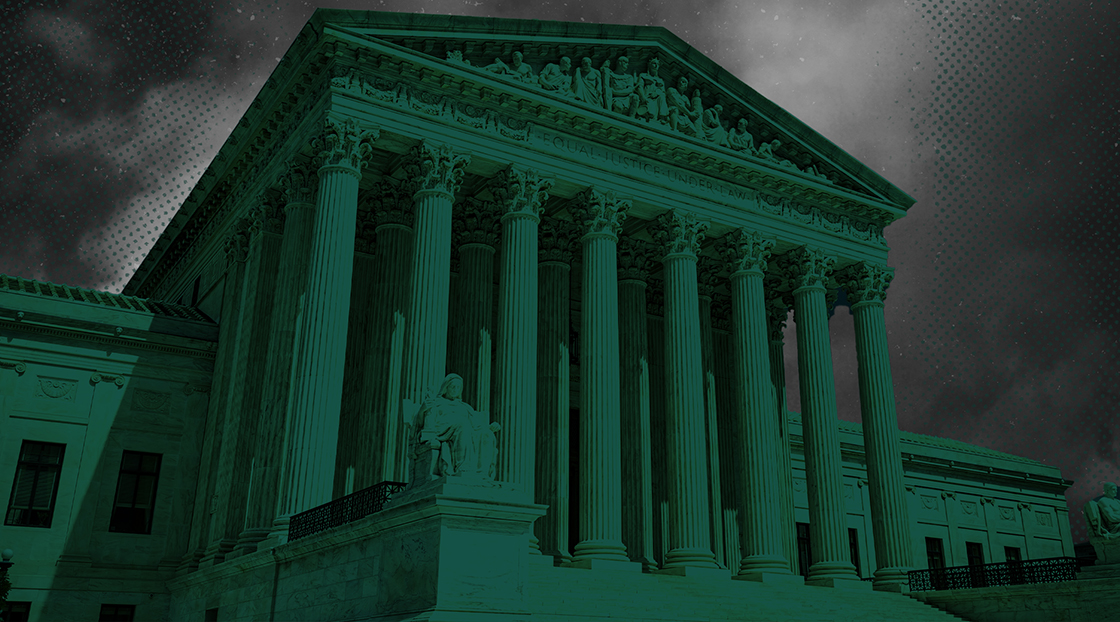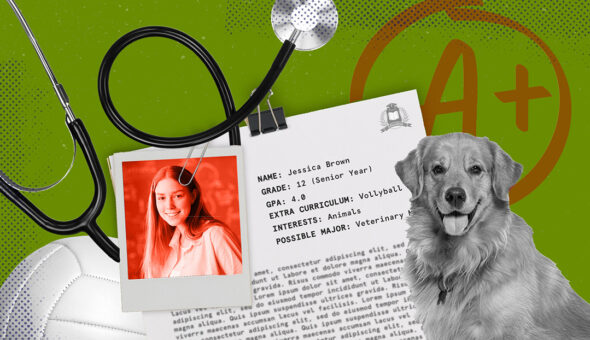October 31 is usually a day reserved for pumpkins, trick-or-treat and spooky ghost stories. This Halloween, however, leaders in higher education will also be anxiously watching a Supreme Court decision that could spell the end of race-conscious admissions at tertiary education institutes nationwide. The court will hear two lawsuits brought by the anti-affirmative action group, Students for Fair Admissions (SFFA) on October 31. The group will bring a case against Harvard (a private institution) and the University of North Carolina, Chapel Hill (a public institution), as the plaintiff seeks to eliminate affirmative action and legacy admissions. Legacy admissions have long been used at elite universities around the country, a practice considered the antithesis of affirmative action. However, SFFA alleges that the elimination of legacy admissions will also eliminate the need for affirmative action.
SFFA alleges that the practice of race-conscious admissions is discriminatory under the equal protection clause of the 14th Amendment. In the lower courts, the group lost its case against affirmative action, but SFFA appealed the ruling to the Supreme Court, which agreed to hear the case this October. On the SFFA website, the mission statement aims to “support and participate in litigation that will restore the original principles of our nation’s civil rights movement: A student’s race and ethnicity should not be factors that either harm or help that student gain admission to a competitive university.”
Led by conservative legal strategist, Edward Blum, the group alleges that, through affirmative action, Harvard and The University of North Carolina, Chapel Hill have been intentionally discriminating against Asian student applicants.
SFFA’s filing against Harvard indicated, “Only using race or ethnicity as a dominant factor in admissions decisions could, for example, account for the remarkably low admission rate for high-achieving Asian American applicants. Harvard’s admissions decisions simply are not explainable on grounds other than race.”
However, according to the 2020 Asian American Voter Survey (AAVS) that polled nearly 1,570 voters, 70% of Asian American voters supported affirmative action.








